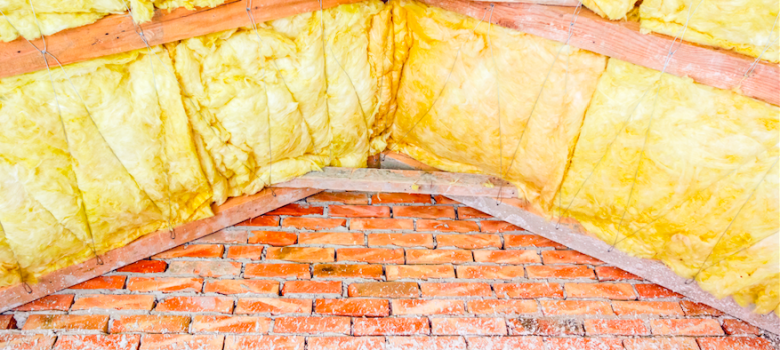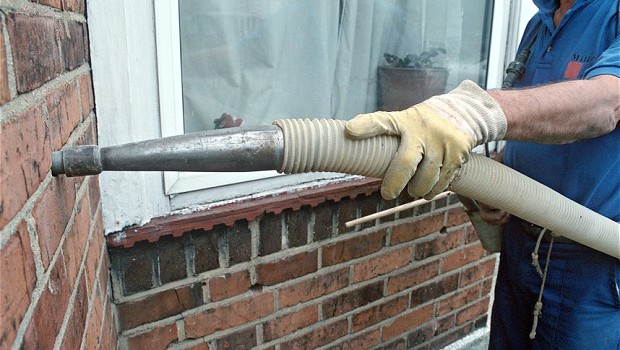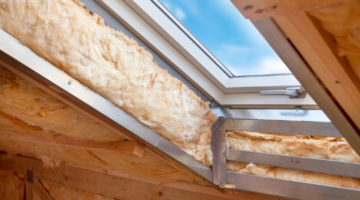
As we head into the summer, this may seem like a strange time to be talking about insulating. However, summer is actually the best time to insulate your property. This is for two reasons:
- It will be done by the time the cold weather settles in.
- There will be less competition for installers than in the winter.
The title may sound patronising – but a lot of people (including me, until recently) are not sure of the science of exactly how insulation works.
How insulation works
In short, insulation slows movement between building materials. It uses dead air space or cells to trap air and slow heat flow between objects of differing temperatures. In the winter, it keeps warm air in your house, and in warm weather, it prevents hot outside air from entering through your walls. This saves energy on both heating and air conditioning.
What types of insulation are there?
The main types are glass wool, rock wool and rigid foam. Our favourite is sheep wool. It is sustainable, natural and easy to install. It helps regulate humidity as well as providing an effective barrier against heat loss and noise.
Where should I install insulation?
There are several places you can insulate. A good place to start is your loft. Generally, most household heat is lost through the windows and roof. As heat rises, 25% of heat energy leaves through the roof. Insulating a roof can be a DIY job.

Older homes tend to have solid walls. In this case, homeowners have two options: attaching insulation boards to walls indoors, or exterior wall insulation.
Obviously, the catch with interior wall insulation is that it encroaches on the size of your rooms. Installing external wall insulation avoids this, and there is minimal disruption to the household.
Insulating floors can be beneficial, because it stops draughts and prevents heat disappearing into the ground.
What savings can insulation make?
According to the Energy Saving Trust, installing up to 270mm of insulation in the loft of a semi-detached house could lead to fuel bill savings of £140 per year. See their full table here.
Installation is normally cheap and in many cases can be a DIY job. If you are thinking of doing it yourself, we would always recommend sheep wool, as (amongst its many benefits) it is 100% natural and therefore irritant-free.

Is insulating worth it?
There are some costs in installing insulation, but it more than pays for itself in the savings it can make to energy bills. However you choose to do it, the investment is worth it to regulate the temperature of your home.
Installing loft insulation
Interested in installing loft installation? We have scoured the country for the best tradespeople, so that we can make sure we only recommend those we really trust.
If you would like us to find you a local installer, just fill in the form below and we will be in touch shortly!













hi